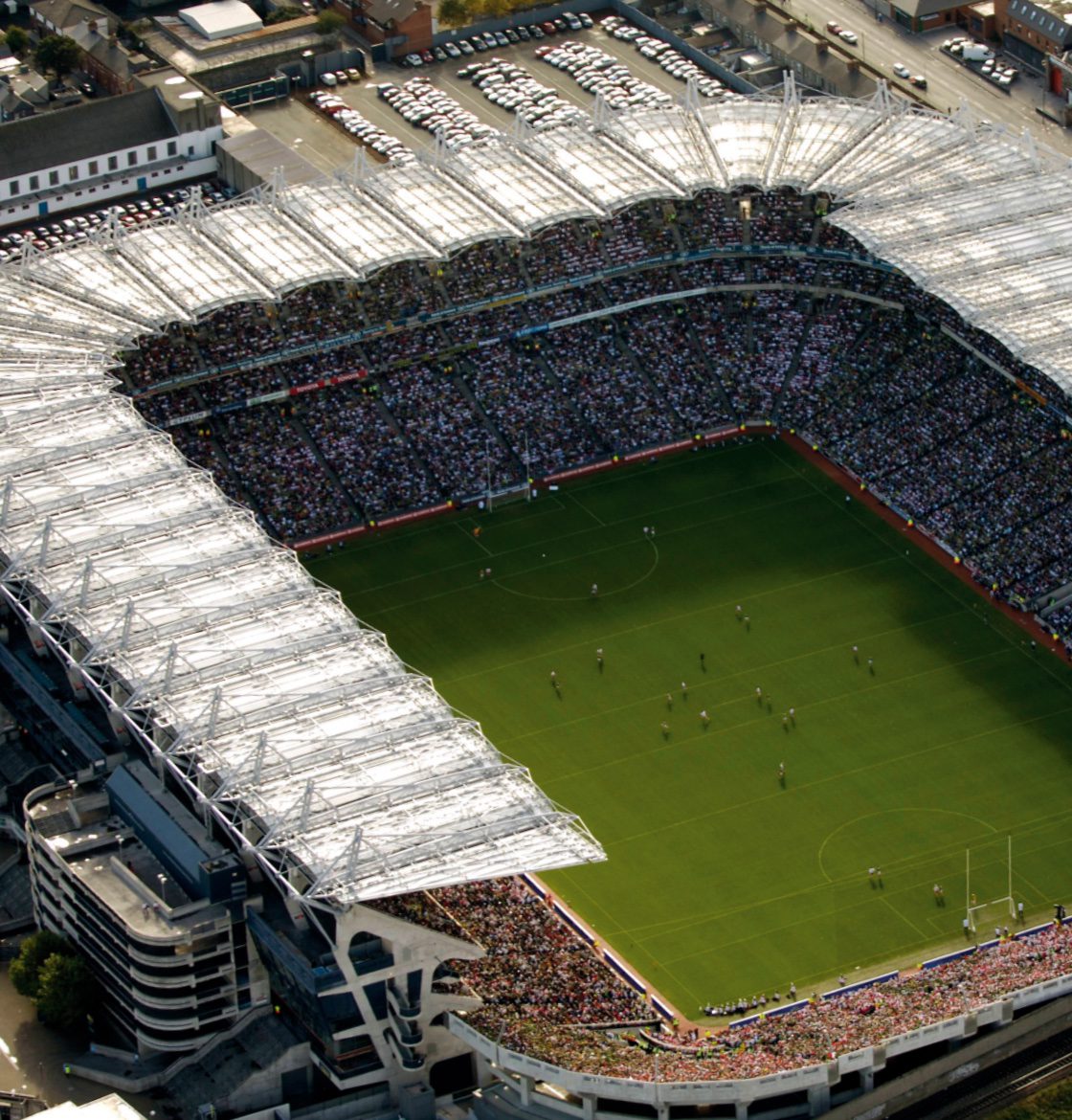learn
The Legacy of Michael Cusack
Learn more about Michael Cusack and the history of the GAA

EARLY LIFE (1847 – 1864)
Formative Years
Michael Cusack was born in Carron, in the remote area of North Clare on 20th September 1847. Carron is a small, remote village in a valley amongst the rocky, limestone escarpments on the edge of the Burren. Cusack was born at the height of the Irish famine. Around the time of his birth, disease was spreading rampantly through the population and 1847 became known as “Black ’47” due to the scale of the devastation.
The Cusack family homestead, a simple three-roomed thatched cottage hunkered low into the landscape, was typical of the rural poor that lived in the area at the time. Cusack live there with his father and mother, Matthew and Brigid, and his three brothers and one sister. Carron was an Irish-speaking area and the Cusacks would have spoken Irish on a daily basis. It is believed that Cusack did not speak English until he was 11 years old.
EDUCATION (1861 – 1887)
Learning To Teaching
Cusack was a bright, intelligent boy, and it was education that emancipated him from the life of subsistence farming and poverty that would be the lot of many of his peers. His ability was quickly spotted and so began Cusack’s career in education.
On Sundays after mass, young Cusack and his brothers would have played hurling and taken part in athletics events in the village with the locals.
Becoming a qualified teacher, a career which he pursued in all four provinces before settling in Dublin, in 1877 Cusack set up his own successful Academy in Dublin to prepare students for civil and public service entrance examinations. Sport was central to the everyday life of students in the school.


hurling (1860 – 1884)
Sportsman & Advocate
Throughout his teaching career, Cusack excelled in sports and was a shot-putt champion, capable athlete and cricketer and renowned rugby player. He also took on the role of games organiser. During the late 1870s and early 1880s, Cusack the Gaelic revivalist, Irish language enthusiast, passionate nationalist and ardent advocate of Gaelic games, came to the fore.Cusack was disillusioned with how few people were playing sports and was concerned for the future of native games, particularly hurling. Cusack also had reservations about the elitist administration of many sports in the country and the fact that organised sport was not encouraged on a Sunday, the only day that many rural and farming people had time to play.
He became something of an evangelist for the game of hurling. An ebullient character with boundless energy and vision, in December 1882, Cusack formed the Dublin Hurling Club, whose aim was to take steps to re-establish the national game of hurling. The Dublin Hurling Club lasted only two months but Cusack persevered and continued playing hurling in the Phoenix Park on Saturday afternoons. By October 1883, the number of people playing alongside Cusack had increased to such an extent that the Cusack’s Academy Hurling Club was formed. This hurling club in turn led to the establishment of the Metropolitan Hurling Club. Cusack later wrote that it was the Metropolitan Hurling Club “out of which the GAA sprang”.
GAA (1st November 1884)
GAA Kicks Off
On 1st November, 1884, Cusack, with seven founding members, established the “Gaelic Association for the cultivation and preservation of national pastimes” and Ireland’s most successful amateur sporting organisation was born. The other founding members were Maurice Davin (who presided), John Wyse Power, John McKay, J. K. Bracken, Joseph O’Ryan and Thomas St. George McCarthy.
The foundation day, 1st November, 1884 was chosen for its mythological significance as, according to legend, Samhain (1st November) was the day when the power of warriors, the Fianna, died. Convening the meeting in Hayes Hotel, Thurles in 1884, Cusack chose this day to symbolise the rebirth of the Irish heroes. The 1st November is also a significant date in rural Ireland and the day of contracts for farmers to shake the hand and “do the deal” for that piece of land. Within a few weeks of the organisation’s foundation, Thomas Croke, the Roman Catholic Archbishop of Cashel, gave it his approval and became its first patron.
Within eighteen months he was obliged to resign. It was Michael’s intractable personality and a clash with Archbishop Croke, who was a patron of the GAA, that led to his removal as Honorary Secretary of the GAA in 1886, and ultimately his distancing from the organisation he helped to establish.

ALL-IRELAND (1884 to the present day)
Movement
The GAA spread to the four corners of the island like a “prairie fire”, as Cusack famously put it and within 18 months, the new organisation had 50,000 members and 400 clubs.
Over the next few years the GAA evolved even more. In 1886, county committees were established, new rules for Gaelic football and hurling were drawn up by the Association and were published in the United Irishman newspaper. The year 1887 saw the first All-Ireland Championships being held. Cusack was also involved in a movement to restore the Irish language and he was editor of the weekly newspaper “United Ireland”. He also founded and co-edited the “Celtic Times”, a weekly newspaper dedicated to ‘native games’ and athletics and to Irish culture in general.
LEGACY (1906)
Enduring Legend
Michael Cusack was a colourful character and his manner, dress and general deportment made him impossible to ignore. He was the model for ‘the Citizen’ in James Joyce’s Ulysses. He died on the 27th November 1906. Buried in Glasnevin Cemetery, Dublin, Michael Cusack has left an incredible gift to the Irish people.
It is now recognised that Cusack’s inspiration in founding the GAA was a sublime stroke of genius inspired by his nationalistic ideals and his desire to wrestle back control over native Irish sports. No man did more to establish this organisation of Gaelic games, culture and lifelong participation.
REMEMBERING (1884 to the present day)
Legacy at home & abroad
Visit any GAA venue in Ireland or abroad and you’ll find the Irish flag flying in the corner of the ground. In recent years our emigrants have established GAA clubs from Sydney to New York and from London to Canada. The vision of this great man has reached international recognition. From a remote, rural homestead in Carron to cities and countries across the globe, the GAA is now recognised as an international symbol of Ireland and its sporting traditions.
The motto of the GAA is “Where We All Belong” and at the core of this inclusivity is an amateur ethos, county based and volunteer led. The GAA has now over 1,600 clubs in Ireland and over 450 overseas. Ireland’s largest sporting organisation, today the GAA is also the largest amateur sporting organisation in the world. Visit the GAA website: gaa.ie
LEARN
Learning Resources
Br Seán Mc Namara’s Archive on the life of Michael Cusack.
This resource is available to students by appointment at the Michael Cusack Centre for research purposes.
Michael Anderson Archive on the life and family of Michael Cusack.
Michael Anderson, Newry, Co. Down archive material on Michael Cusack and his wife Margaret and family. This resource is available to students by appointment at the Michael Cusack Centre for research purposes.
NUI Galway Archive
Students of Michael Cusack and the GAA have the opportunity to explore the Cusack Archive, which is currently in NUI Galway.




